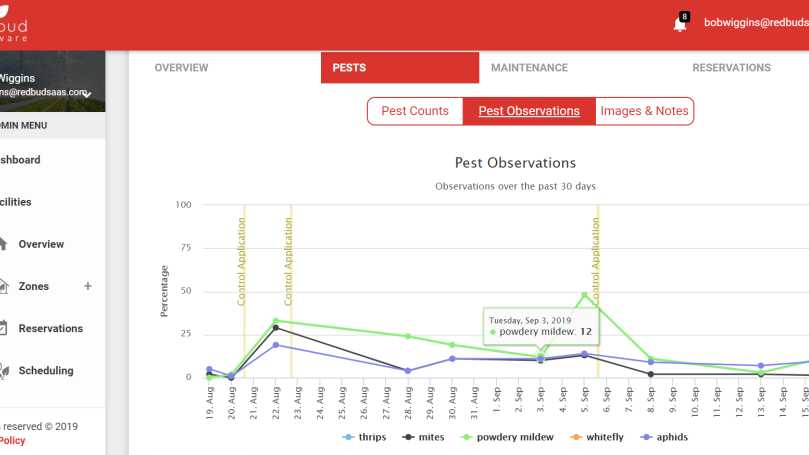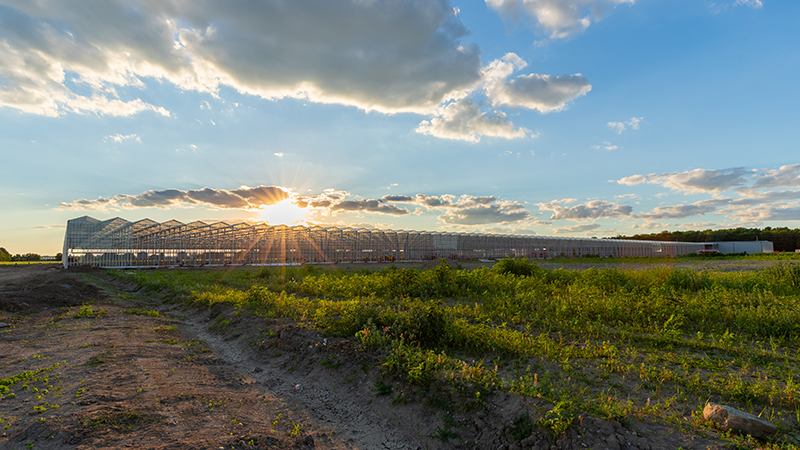Why It’s Critical for Growers to Know Their Pest Control Costs

Well-run operations understand and track their losses from all sources, including losses attributable to pests and diseases.
One of the most significant factors in determining the profitability of an ornamental grower is the amount of loss the grower suffers in a year.
Typically, a container grower will suffer a level of loss between 4.5% and 7% of gross sales. For propagators, the numbers are similar, after taking account of planned percentage of loss for rooting. On gross sales of $20 million, that amounts to between $900,000 and $1.4 million a year and can spell the difference between a successful year and a bad year.
More importantly, growers that do not carefully track plant losses and their sources could experience significantly higher levels of loss. You can’t manage what you don’t measure.
One of the biggest single contributors to losses are those resulting from pests and diseases. About a quarter of total loss is attributable to pests and diseases. In the case of a $20 million operation, pests and diseases could represent total losses of between $225,000 and $350,000 (and potentially even more). These numbers are significant in determining whether an operation is profitable., If an operation isn’t carefully tracking losses due to pests and diseases, the results could be significantly worse.
It’s also important to understand the cost of pest control, which is a significant expense for ornamental growers. Pest control expenses typically run from 1% to 2.5% of gross sales, or between $200,000 and $500,000 for a $20 million grower. Monitoring the level and effectiveness of this expenditure is obviously very important for an understanding of an operation’s profitability.
Well-run operations understand and track their losses from all sources, including losses attributable to pests and diseases. They also understand their spend on control products and the effectiveness of their control program.
A consistently profitable grower has to measure and control pest activity and diseases. At the very least, a grower should:
- Track all plant losses, and the portion of those losses attributable to pests and diseases.
- Regularly scout and monitor pest activity and track and record results on a daily basis to be in a position to take action to minimize losses attributable to activity as it arises and prevent its spread.
- Track pest activity over time to be in a position to predict problems and take proactive control steps before problems become serious.
- Monitor the cost and effectiveness of pest control measures to improve the effectiveness of such measures and control their cost.
Tracking losses attributable to pests and diseases, measuring pest activity over time to develop predictive capabilities, and measuring and maximizing the effectiveness of control measures are all areas where modern agricultural software can pay for itself very quickly. Reducing losses from pests and diseases can make a 6-figure difference to the bottom line of a $20 million grower. Using control products based on need and before problems become significant can reduce the overall cost of control activities. A relatively small reduction in the overall cost of control products can represent a high 5-figure savings in an operation, also going right to the bottom line.








